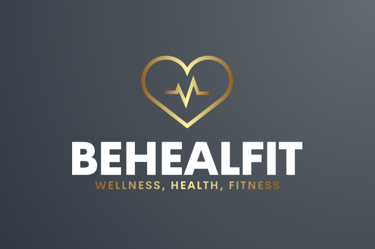What to Do When You Have a Migraine: Science-Backed Relief Tips
Learn effective, natural, and science-backed migraine relief techniques you can try at home from hot-and-cold therapy to lifestyle adjustments and when to seek medical help.
HEALTHBLOG-LISTWELLNESS
8/15/20252 min read


In Brief
Migraines are more than just headaches they can cause throbbing pain, nausea, sensitivity to light and sound, and even visual disturbances. While medication can help, many people also find relief through natural, at-home techniques that support circulation, relax muscles, and calm the nervous system. This guide shares practical tips, including one surprising method involving hot foot baths and a cold compress on your neck.
Table of Contents
Understanding Migraines
Quick Relief Strategies
The Hot-and-Cold Method for Instant Relief
Lifestyle Adjustments to Reduce Migraine Frequency
FAQ
Conclusion
Understanding Migraines
Migraines are neurological events triggered by changes in brain activity, affecting nerve signaling, blood vessels, and brain chemicals.
Common triggers include stress, hormonal changes, dehydration, lack of sleep, certain foods, and environmental factors.
Migraines can last from 4 hours to several days if untreated.
Quick Relief Strategies
Hot-and-Cold Therapy
A highly praised at-home method:Soak your feet in hot (but safe) water.
Place an ice pack or cold compress on the back of your neck.
This draws blood flow away from the head while reducing inflammation many people report almost instant relief. (behealfit.com)
Hydration
Dehydration is a known migraine trigger. Drinking water or an electrolyte drink can help prevent or ease symptoms.Dark, Quiet Rest
Reduce sensory stimulation by lying down in a dark, silent room.Gentle Neck and Shoulder Stretching
Tension in neck and shoulder muscles can worsen migraine pain. Gentle stretching can help release pressure.
The Hot-and-Cold Method for Instant Relief
Many migraine sufferers swear by the contrast method: feet in hot water, ice pack on the neck. The heat dilates blood vessels in the lower body, drawing blood away from the head, while cold reduces inflammation in the brain’s blood vessels.
For safety:
Avoid overly hot water.
Wrap ice packs in a towel to protect your skin.
Limit each session to 15–20 minutes.
Lifestyle Adjustments to Reduce Migraine Frequency
Track Your Triggers: Keep a migraine diary to identify foods, habits, or situations that bring them on.
Prioritize Sleep: Maintain a consistent bedtime and wake time.
Eat Regularly: Avoid skipping meals to prevent blood sugar drops.
Limit Screen Time: Reduce eye strain and take regular breaks.
Manage Stress: Practice deep breathing, meditation, or yoga.
FAQ
1. Can I use the hot-and-cold method during an aura?
Yes, it’s safe, but results vary. Some find it more effective during the pain phase than during aura.
2. Is caffeine helpful or harmful for migraines?
Small doses can help, but overuse may cause rebound headaches.
3. Should I still take my medication if I try home remedies?
Yes, always follow your healthcare provider’s advice and never replace prescribed medication without guidance.
4. Can dehydration trigger migraines?
Absolutely. Hydration plays a major role in prevention.
Conclusion
Migraines can be debilitating, but combining medication with simple, science-backed home remedies can bring faster relief and reduce frequency over time. The hot-and-cold foot-and-neck method is a natural, low-cost technique worth trying.
💡 Action Step: Next time you feel a migraine coming, try soaking your feet in hot water and applying a cold compress to your neck and track your results.
⚠ Disclaimer: This article is for informational purposes only and does not replace professional medical advice. Always consult your healthcare provider for diagnosis and treatment of migraines.
Written by :
Narcisse Bosso, certified naturopath. His lifelong passion for health became a profound calling after a loved one passed away from a natural illness that could have been prevented with simple lifestyle changes and habits.
